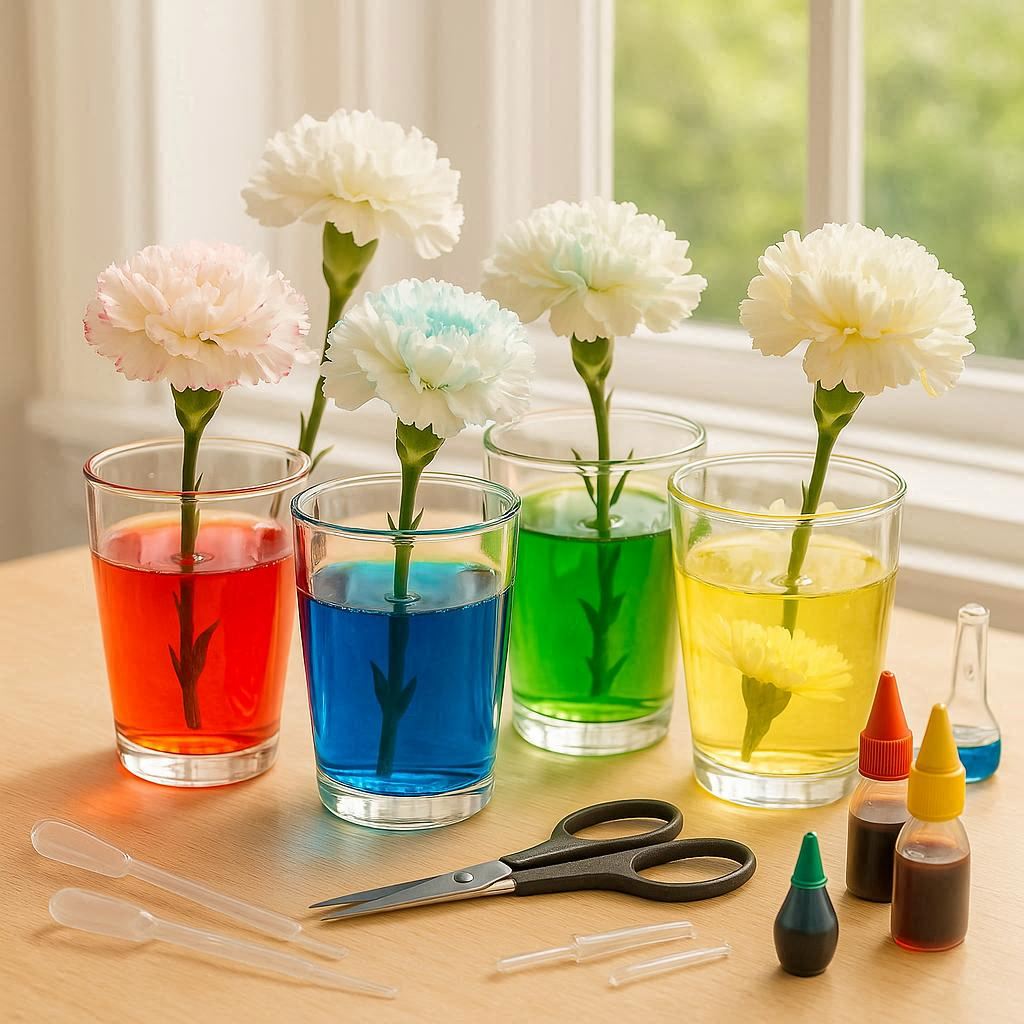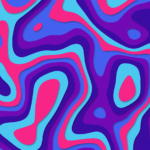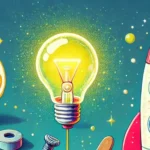Looking for a fun and educational science experiment that will captivate both kids and adults? Look no further than the Fizzing Colors Experiment! This vibrant and interactive activity combines chemistry, art, and a bit of magic to create a mesmerizing display of colors that seem to paint themselves. In this blog post, we’ll dive into the science behind this experiment, the materials you’ll need, and step-by-step instructions to create your own masterpiece.
What is the Fizzing Colors Experiment?
The Fizzing Colors Experiment is a hands-on activity that uses simple household ingredients to create a chemical reaction. The reaction produces carbon dioxide gas, which creates a fizzing or bubbling effect. When combined with food coloring, this reaction paints a colorful design on a canvas or paper, resulting in a unique piece of art that seems to come to life before your eyes.
Materials Needed
Before you start, gather the following materials:
- A large container or plastic tub
- Baking soda
- White vinegar
- Food coloring (various colors)
- A dropper or small cup
- A white canvas or thick white paper
- Water
- A spoon or stirrer
- Newspaper or tablecloth to protect your workspace
The Science Behind the Experiment
Understanding the science behind the Fizzing Colors Experiment can make it even more enjoyable. The reaction occurs when baking soda (sodium bicarbonate) and vinegar (acetic acid) are mixed together. Baking soda is a base, and vinegar is an acid. When they combine, they form carbon dioxide gas, which creates the fizzing effect.
The chemical reaction can be summarized as:
NaHCO3 (baking soda) + CH3COOH (vinegar) → CO2 (carbon dioxide) + H2O (water) + NaAc (sodium acetate)
The carbon dioxide gas gets trapped in the mixture, creating bubbles. When food coloring is added, it colors the bubbles, and as they pop, the color is transferred onto the canvas or paper, creating a unique design.
Step-by-Step Instructions
Now that we’ve covered the materials and the science, let’s move on to the fun part – conducting the experiment!
- Prepare Your Workspace: Cover your work surface with newspaper or a tablecloth to protect it from spills and stains.
- Mix the Baking Soda and Water: In a small bowl, mix 1-2 tablespoons of baking soda with just enough water to form a thick paste. This mixture will be applied to your canvas or paper.
- Apply the Baking Soda Mixture: Use a spoon or brush to spread the baking soda paste onto the canvas or paper. You can create patterns, shapes, or simply cover the entire surface. Let it dry completely before proceeding to the next step.
- Prepare the Vinegar and Food Coloring: In the large container, mix 1 cup of vinegar with a few drops of food coloring. The more coloring you use, the more vibrant the result will be. You can use a single color or mix different colors for a unique effect.
- Add Baking Soda to the Vinegar Mixture: Slowly add 1-2 tablespoons of baking soda to the vinegar mixture. Stir gently to avoid creating too much foam at this stage.
- Observe the Reaction: The mixture will start to fizz and bubble immediately. This is the chemical reaction taking place. Let it react for a few minutes until the fizzing subsides.
- Apply the Colored Mixture to the Canvas: Using the dropper or small cup, carefully pour or drop the colored mixture onto the dried baking soda paste on the canvas. Watch as the colors fizz and bubble, painting the canvas in a unique and fascinating way.
- Experiment and Repeat: Feel free to adjust the amounts of baking soda, vinegar, and food coloring to see how it affects the reaction. You can also try different colors and patterns to create a unique piece of art each time.
Tips and Variations
To make the most of this experiment, here are a few tips and variations to try:
- Use Different Colors: Experiment with various food coloring combinations to create different effects. For example, mixing red and blue can create a purple hue, while green and yellow can make a bright orange.
- Add a Twist with Shapes: Instead of spreading the baking soda paste randomly, try creating specific shapes or designs. You can use stencils or templates to make letters, numbers, or patterns.
- Try Different Surfaces: While canvas or paper works well, you can also try other surfaces like fabric, wood, or even glass. Keep in mind that the color may not adhere as well to some surfaces.
- Make it a Team Effort: This experiment is a great way to involve kids in science and art. Encourage them to take turns adding colors and observing the reaction.
Applications and Extensions
The Fizzing Colors Experiment is not just a fun activity; it can also be used to teach various concepts in chemistry and art. Here are some ways to extend the experiment:
- Chemistry Lessons: Use this experiment to teach about chemical reactions, acids and bases, and the properties of gases. It’s a hands-on way to introduce young learners to basic chemistry concepts.
- Art Projects: The unique designs created by the fizzing colors can be used as a starting point for larger art projects. Encourage children to enhance the design with paint, markers, or other art supplies.
Conclusion
The Fizzing Colors Experiment is a delightful combination of science and art that is sure to captivate anyone who tries it. With simple ingredients and easy-to-follow steps, it’s an ideal activity for families, classrooms, and science enthusiasts. The best part? Each experiment produces a one-of-a-kind masterpiece that captures the magic of chemistry in action.
So gather your materials, get creative, and enjoy the colorful fizzing reaction that paints itself!
FAQs
Q: Is this experiment safe for young children?
A: Yes, this experiment is generally safe for children, but adult supervision is recommended. The materials used are non-toxic, but it’s important to ensure that children avoid ingesting any of the substances.
Q: Can I reuse the baking soda paste?
A: No, once the baking soda paste has been exposed to the vinegar mixture, it will start to break down and won’t produce the same fizzing effect again. It’s best to prepare fresh paste for each experiment.
Q: How long does the experiment take?
A: The experiment itself is relatively quick, taking about 10-15 minutes to set up and observe. However, allowing time for the baking soda paste to dry may take an additional 30 minutes to an hour.
With these tips and instructions, you’re ready to embark on your own Fizzing Colors adventure. Happy experimenting!
“Science is the poetry of reality.” – Richard Dawkins
Share your experiences, tips, and results in the comments below. We’d love to see your colorful creations!
And remember, the next time you see a chemical reaction, think about the magic of science that’s happening right before your eyes. Who knows what masterpiece you might create next?



